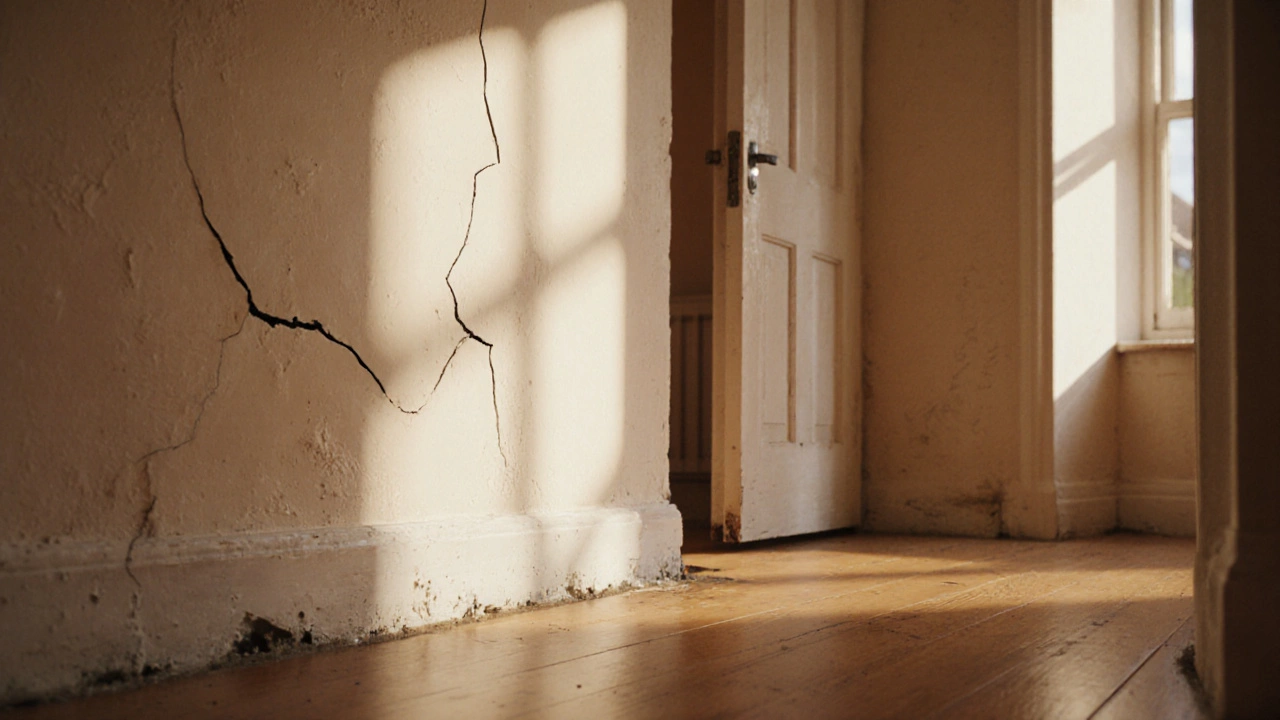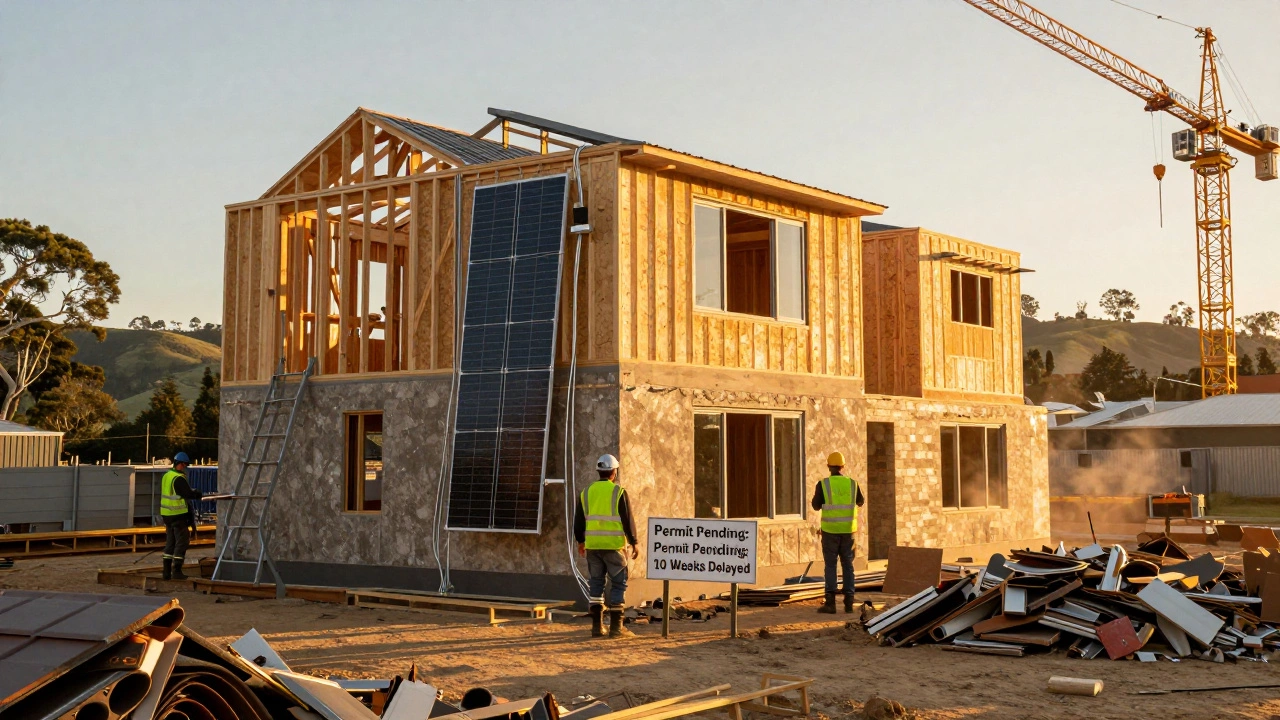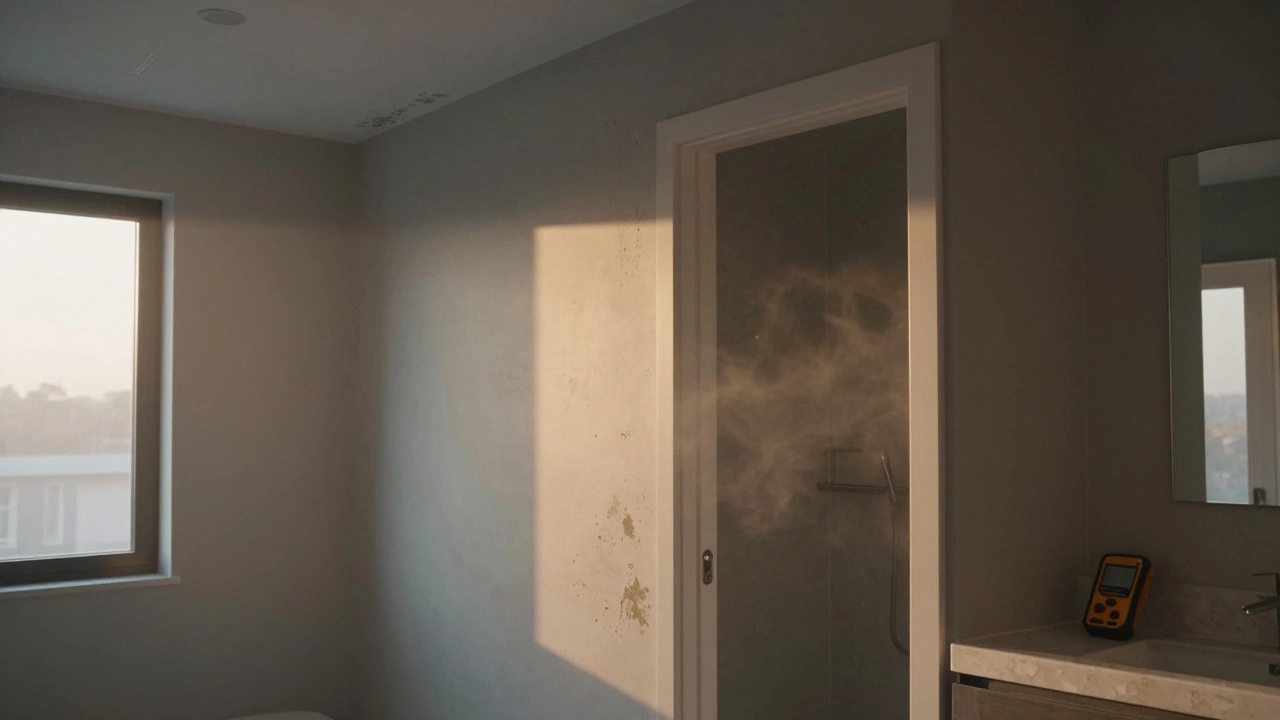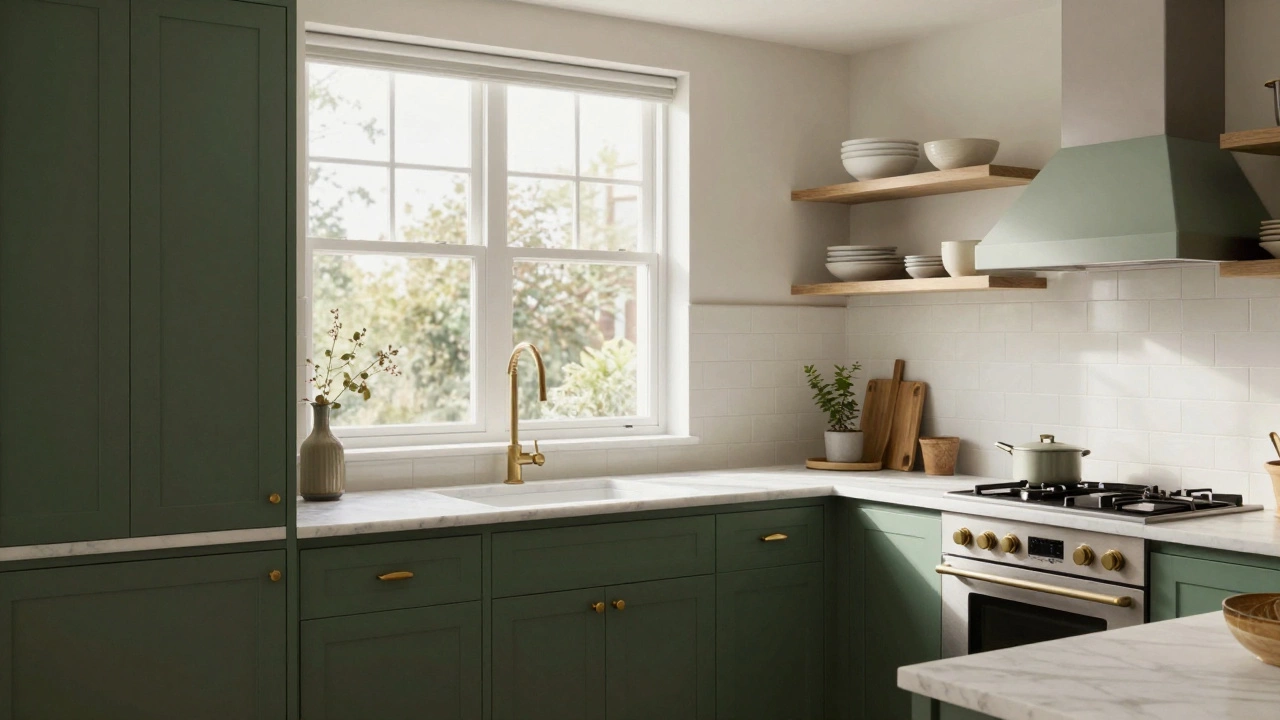Soil Stabilization: The Unsung Hero of Strong Foundations
When working with soil stabilization, the process of improving ground conditions so structures stay firm and safe. Also known as ground improvement, it soil stabilization is a must‑have step before any major build.
Why does this matter for homeowners? Bad soil often shows up later as cracks in walls, sloping floors or stubborn settlement – exactly the problems covered in our posts about foundation crack width and horizontal cracks. A solid foundation repair, the fixing of structural issues caused by weak soil or shifting relies on a stable base. In simple terms, you can’t patch a cracked wall if the ground underneath keeps moving.
Getting the ground right isn’t guesswork. Geotechnical engineering, the science of assessing soil properties and recommending improvement methods tells us when to compact, when to add lime, or when to lay geotextile fabrics. Those techniques – mechanical compaction, chemical stabilization, stone columns – are the tools that turn loose, wet earth into a load‑bearing platform. In short, soil stabilization encompasses ground improvement methods that prevent future settlement.
There’s also an eco angle. When you choose soil‑friendly additives or recycled aggregates, you cut down on cement use and lower the carbon footprint of the project. Sustainable construction benefits from soil stabilization because a stable ground means fewer re‑works, less waste and longer‑lasting structures – all points echoed in our guides on eco‑friendly building practices.
Spotting trouble early saves money. Look for signs like standing water after rain, unusually soft spots in the yard, or cracks that seem to widen over time. Simple tests – a probe rod, a moisture meter, or a professional soil test – give you the data you need. Once you know the soil’s bearing capacity, you can match the right method to the right job, whether you’re renovating a kitchen or adding a new extension.
What You’ll Find Below
The articles that follow dive deep into cracking foundations, the best times for remodels, and practical DIY fixes. They’ll show you how the right ground work ties into every aspect of a home – from flooring choices to wall treatments. Keep reading to see real‑world advice that turns soil facts into stronger, healthier spaces.






